Spring Festival in a Peaceful Market Scroll (太平春市图卷)
A Qing Dynasty Masterpiece of Courtly Celebration (1742)
Overview
Commissioned by the Qianlong Emperor in 1742 and painted by Ding Guanpeng (丁观鹏, 1708–1772), this monumental silk scroll (30.3 x 233.5 cm) captures the vibrancy of Lunar New Year festivities during the Qing dynasty’s golden age. Celebrated for its fusion of meticulous Chinese brushwork and European-influenced perspective, the work exemplifies 18th-century court art’s hybrid aesthetics. Now housed in Taipei’s National Palace Museum, it remains one of Ding’s most refined surviving works.
Content & Symbolism
The scroll unfolds like a cinematic panorama, depicting over 200 figures across bustling market scenes:
- Vendors and Performances
- A fruit seller balances a high-shouldered pole with round food containers, displaying seasonal produce like citrus and melons.
- A theatrical troupe stages Taiping Drum dances, symbolizing prosperity and communal harmony.
- Children flock to a peddler’s bamboo basket adorned with miniature weapons and masks—a nod to folk rituals warding off evil spirits.
- Ritual and Daily Life
- Villagers exchange bows and gifts, embodying Confucian ideals of social etiquette.
- European-style ceramics (bowls, plates) mirror Qianlong-era imperial taste for cross-cultural luxury.
- Natural Motifs
- Pine trees and peach blossoms frame the scenes, representing longevity and renewal.
Artistic Techniques
- Sino-European Fusion
- Ding’s “axe-cut” texturing on rocks and gold-leaf clouds reflect Jesuit-trained artists’ influence.
- Western chiaroscuro (light/shadow) enhances depth in architectural details like pavilions.
- Courtly Precision
- Figures wear Qing dynasty attire (robes, Manchu hats), rendered with silk-thread detailing.
- The colophon reads: “Painted reverently by Your Servant Ding Guanpeng in the fourth month of the seventh year of Qianlong” (乾隆七年四月臣丁觀鵬奉敕恭畫).
Ding Guanpeng: The Artist
- Background: A native of Beijing, Ding joined the imperial painting academy in 1726 under Yongzheng’s reign. He specialized in Daoist/Buddhist themes and portraiture.
- Legacy: His works bridged traditional gongbi (工笔) realism and European innovations, influencing later court painters like Giuseppe Castiglione.
Cultural Context
- Qianlong’s Vision: Part of the emperor’s campaign to document Qing prosperity, akin to Along the River During the Qingming Festival but focused on seasonal rituals.
- Comparative Works: Japan’s Ehon Taikōki (1797) and Korean Jinyeong albums drew inspiration from such Qing-era “encyclopedic” scrolls.
Viewing Notes for Western Audiences
- Symbol of Harmony: The “24” motif (e.g., 24 solar terms) subtly threads the work, reflecting cosmic balance (12 months × 2 cyclical forces).
- Interactive Details: Zoom into the digital scan to spot hidden vignettes, like a monkey performer mimicking human gestures.

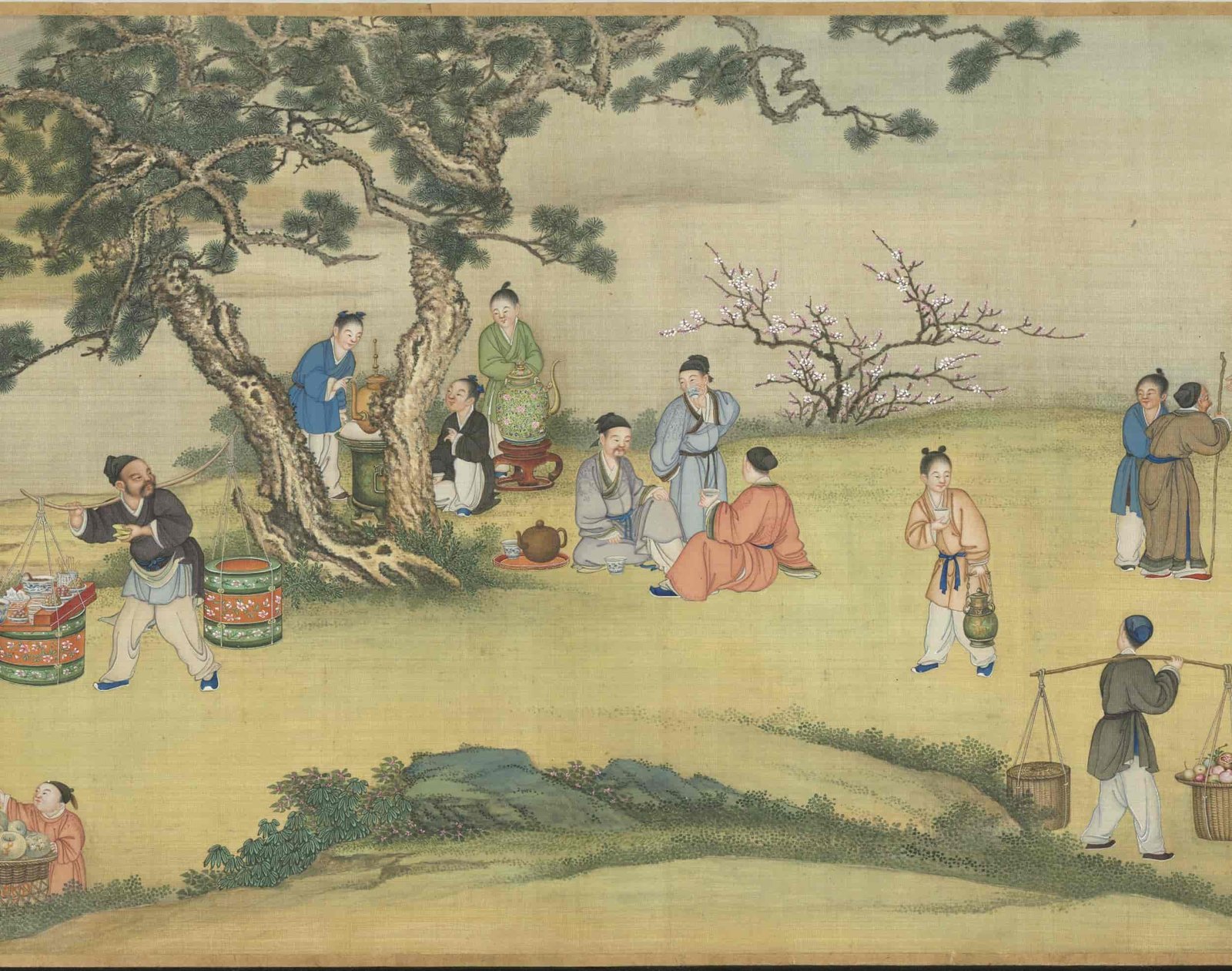
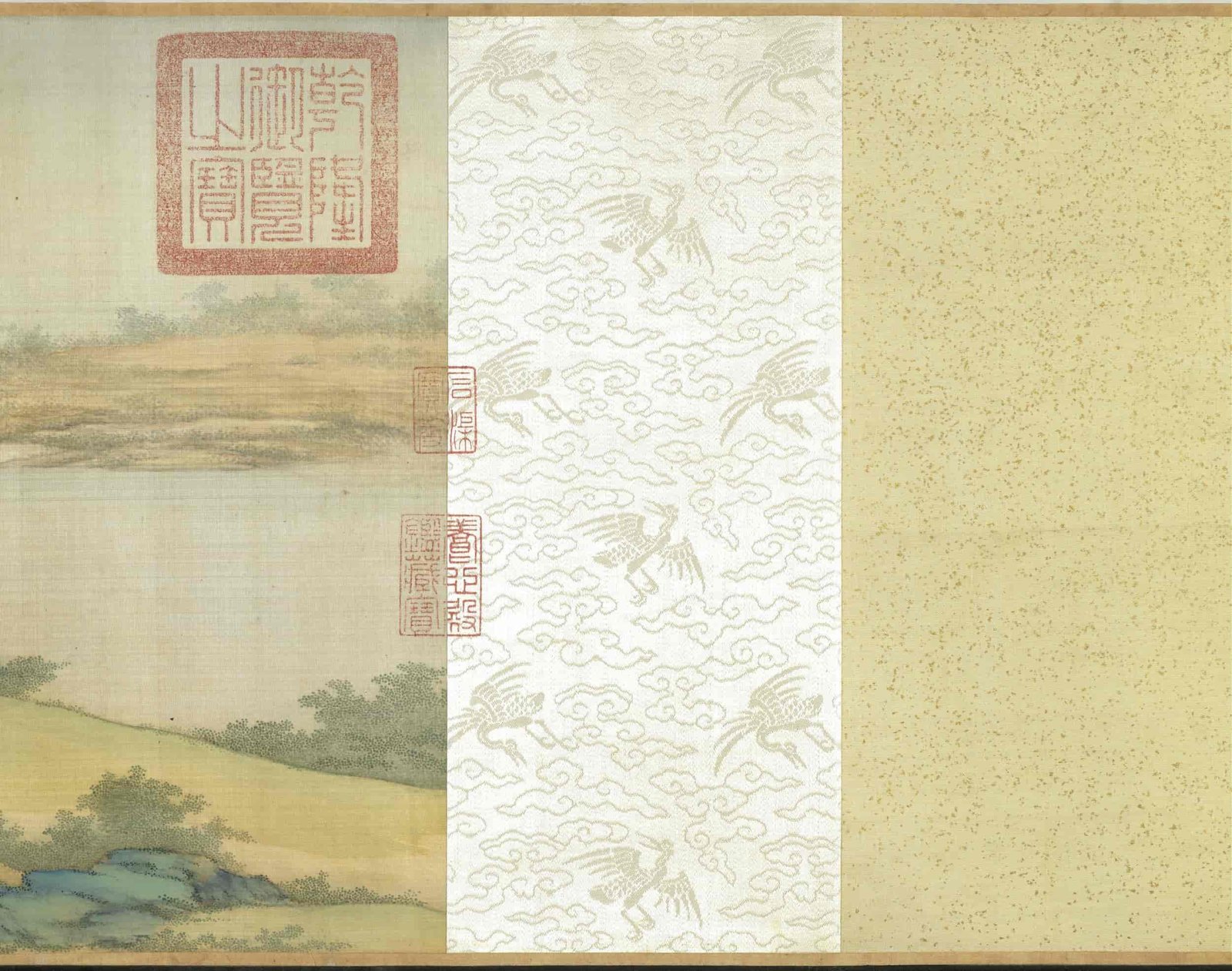
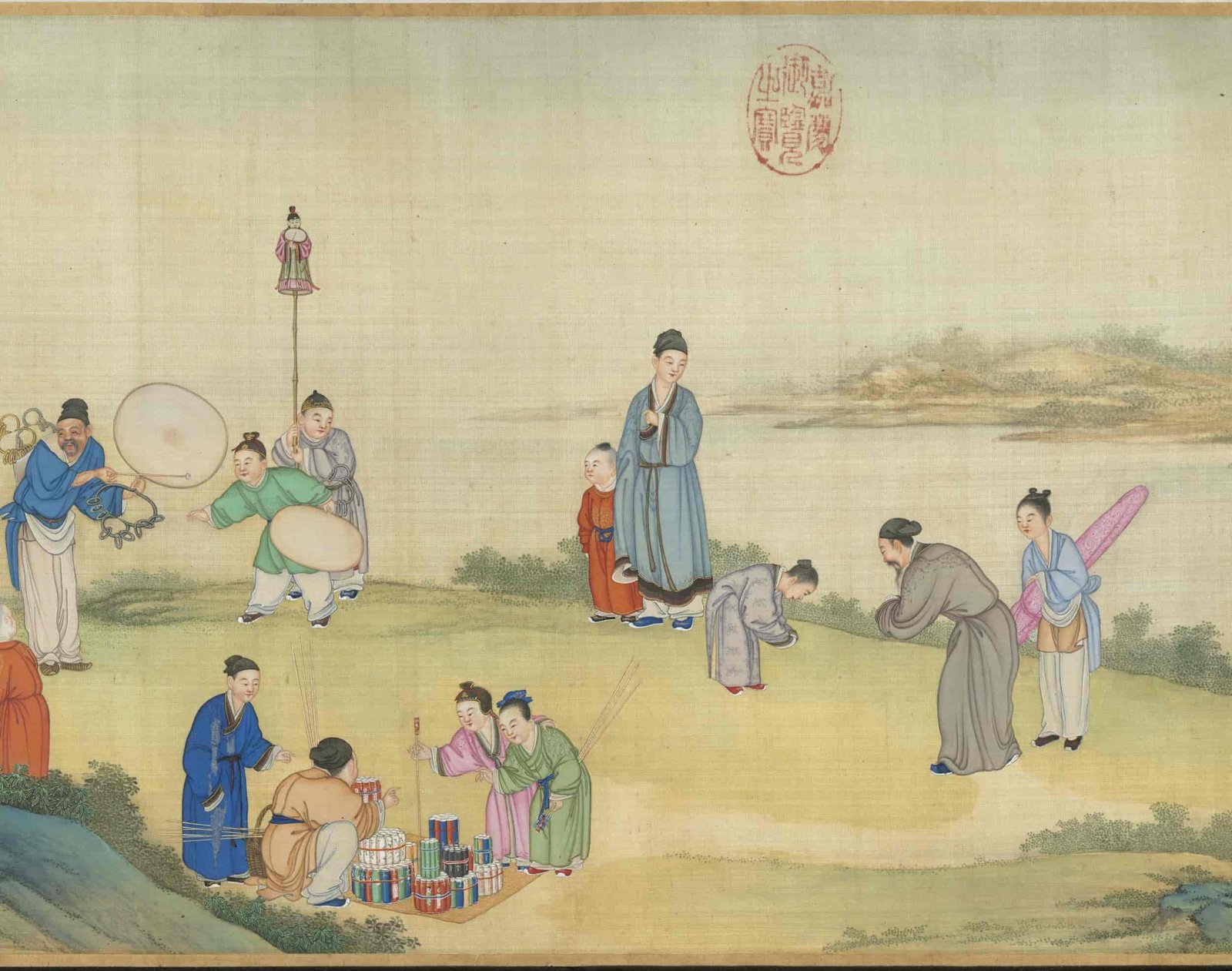
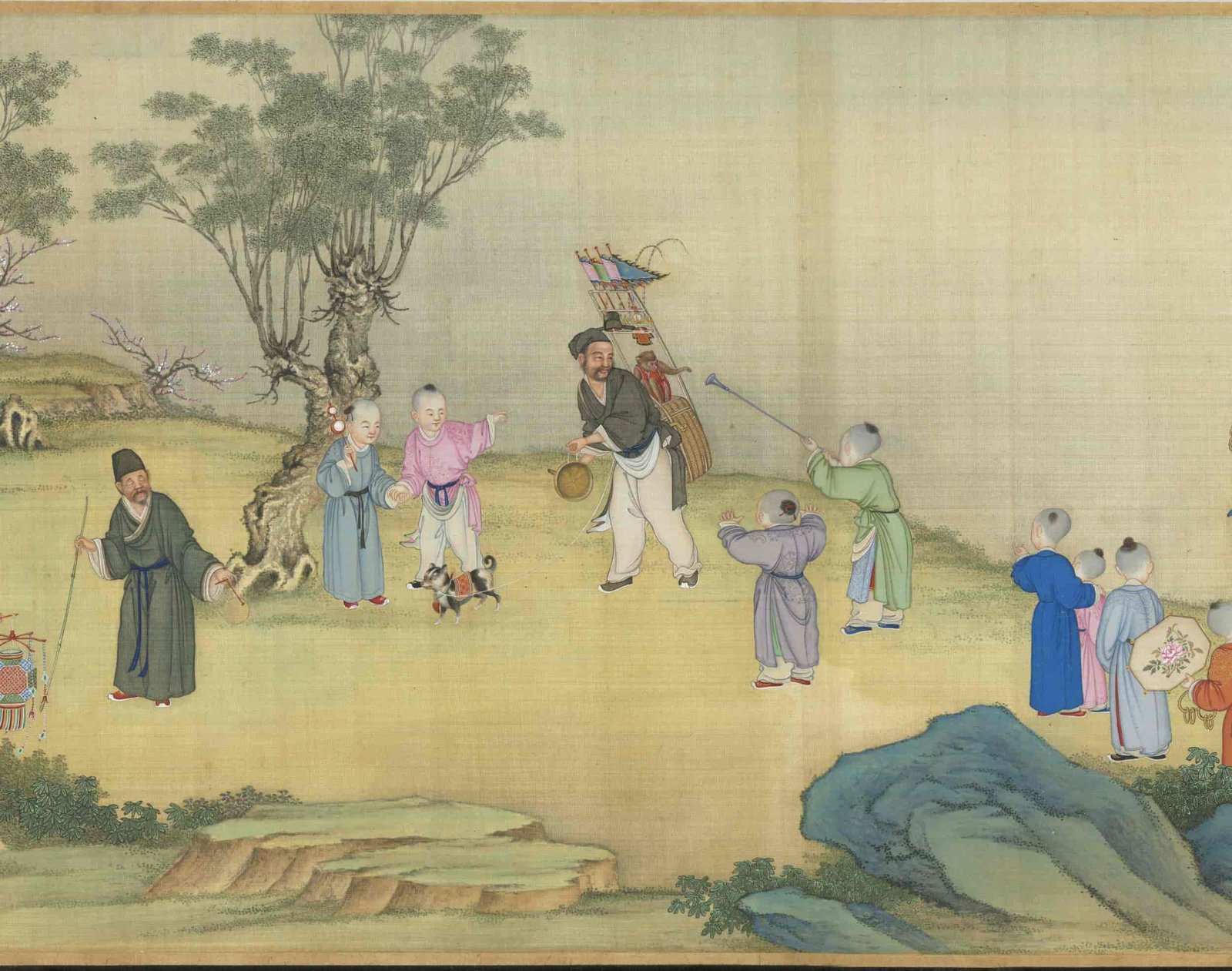
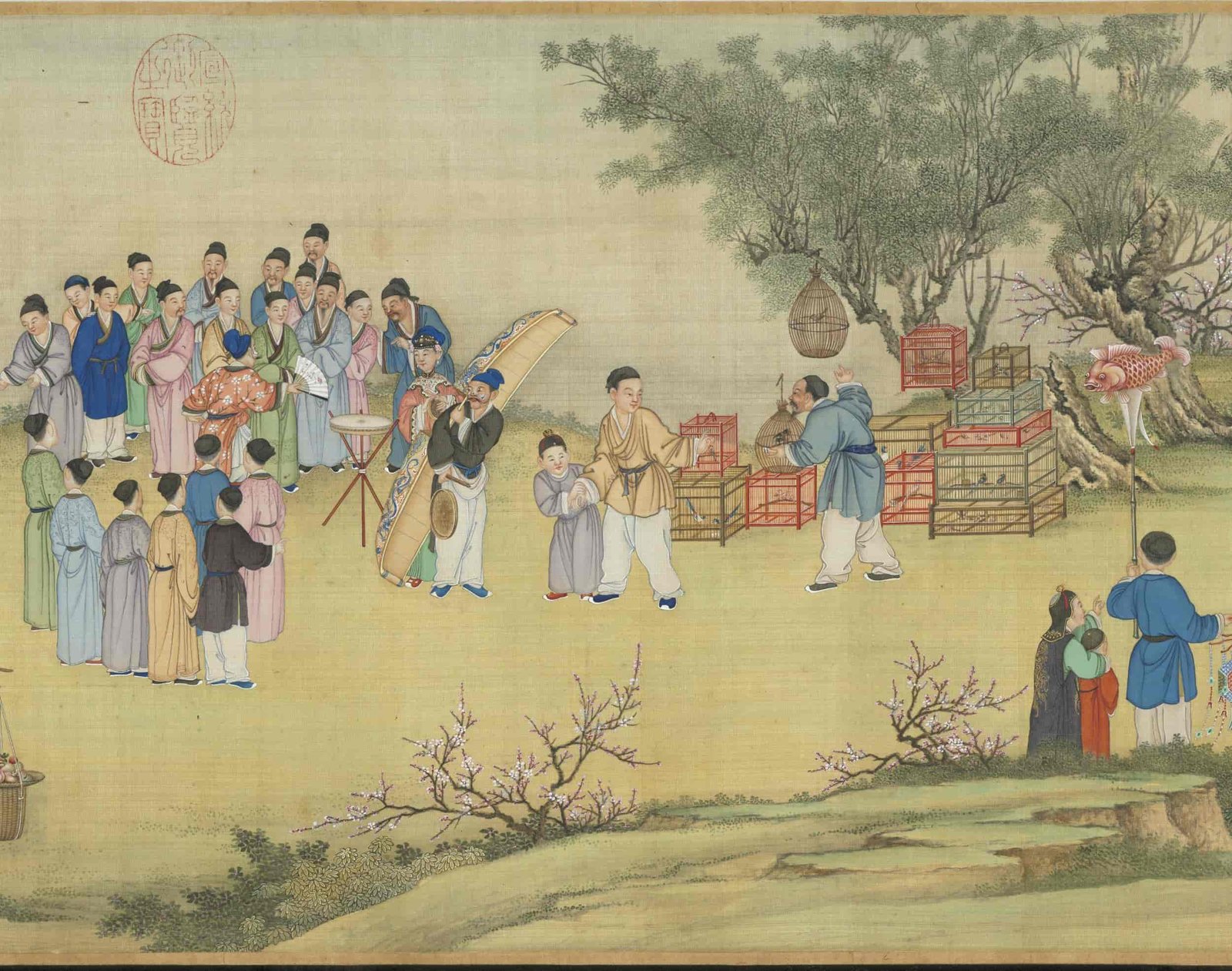
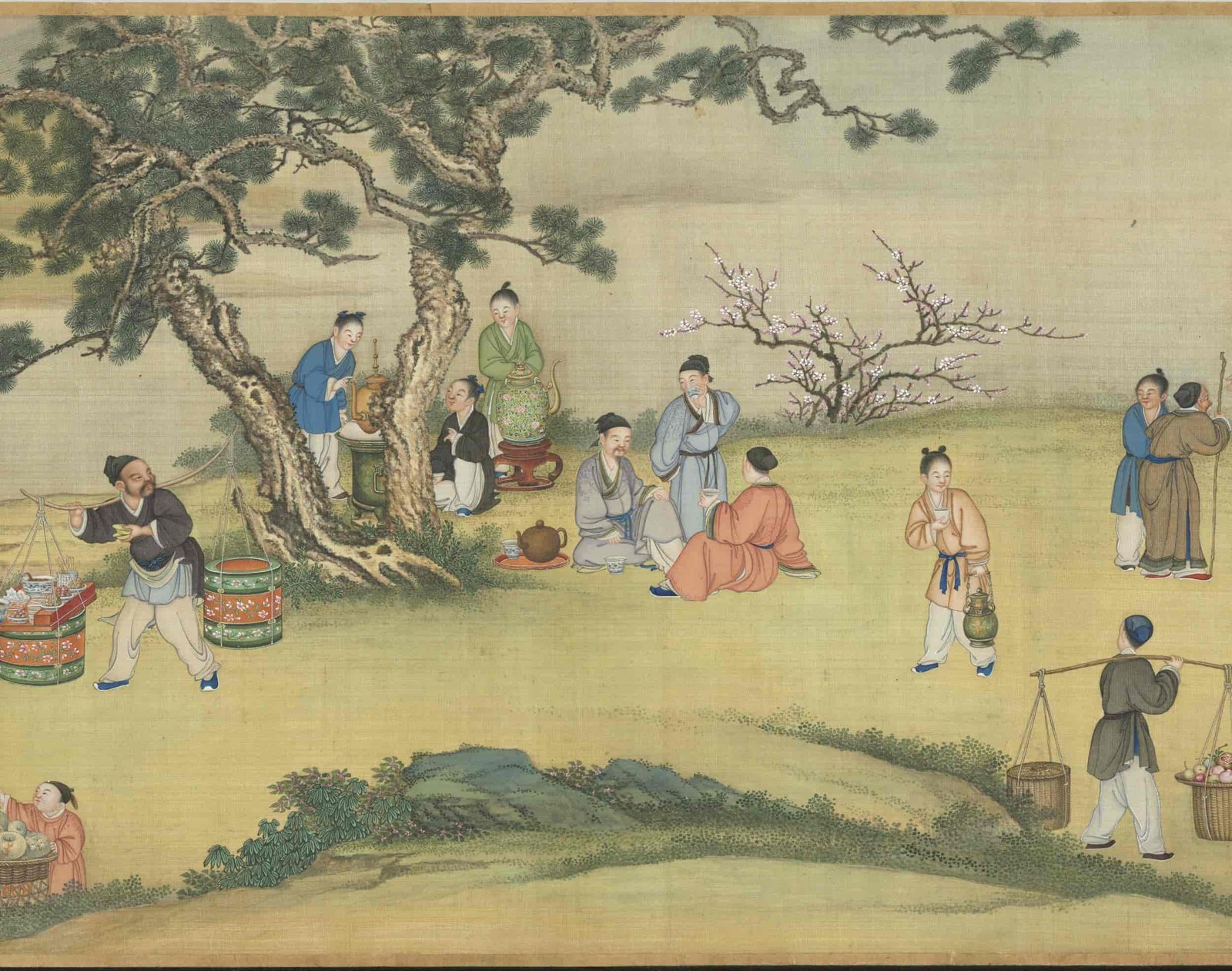
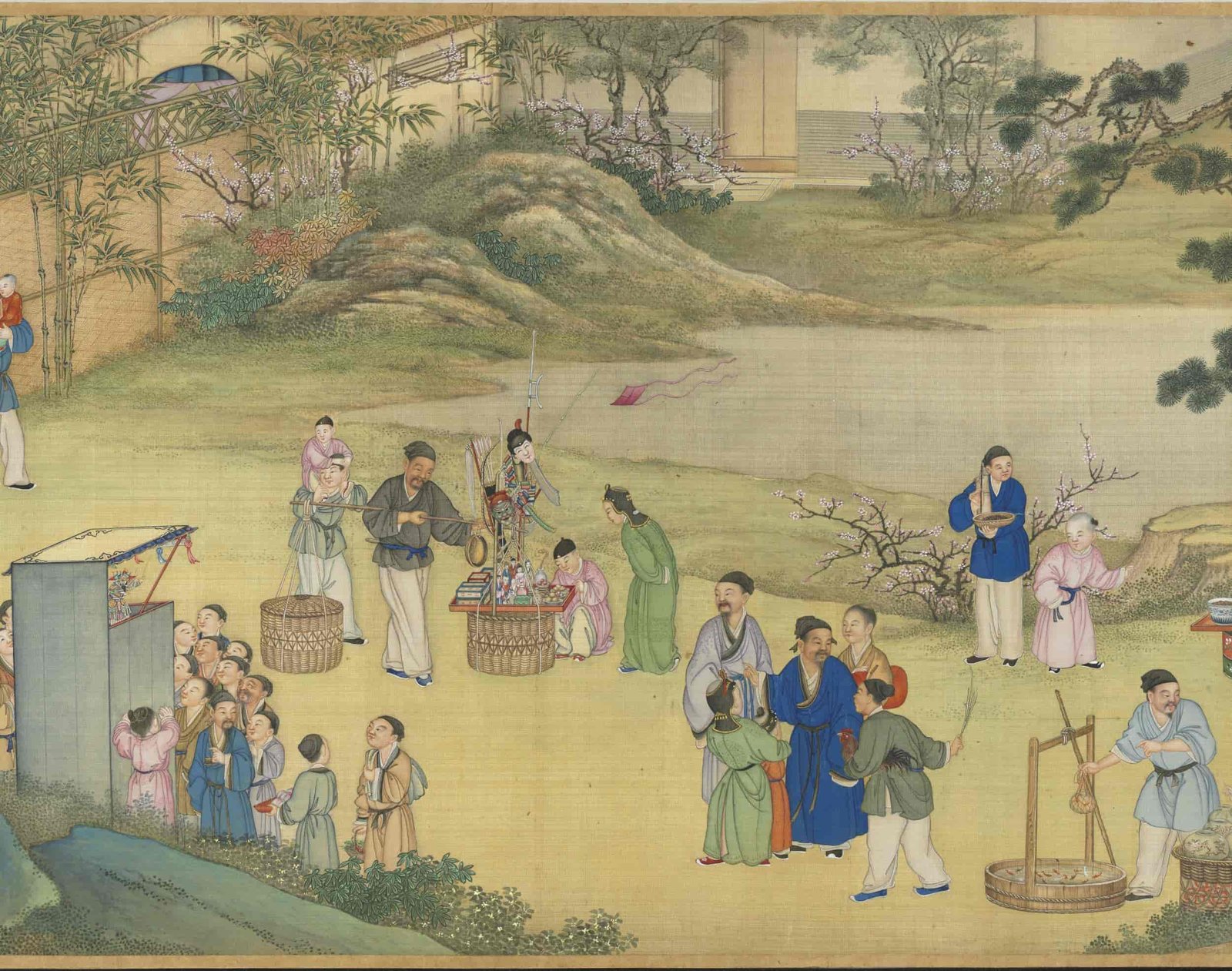
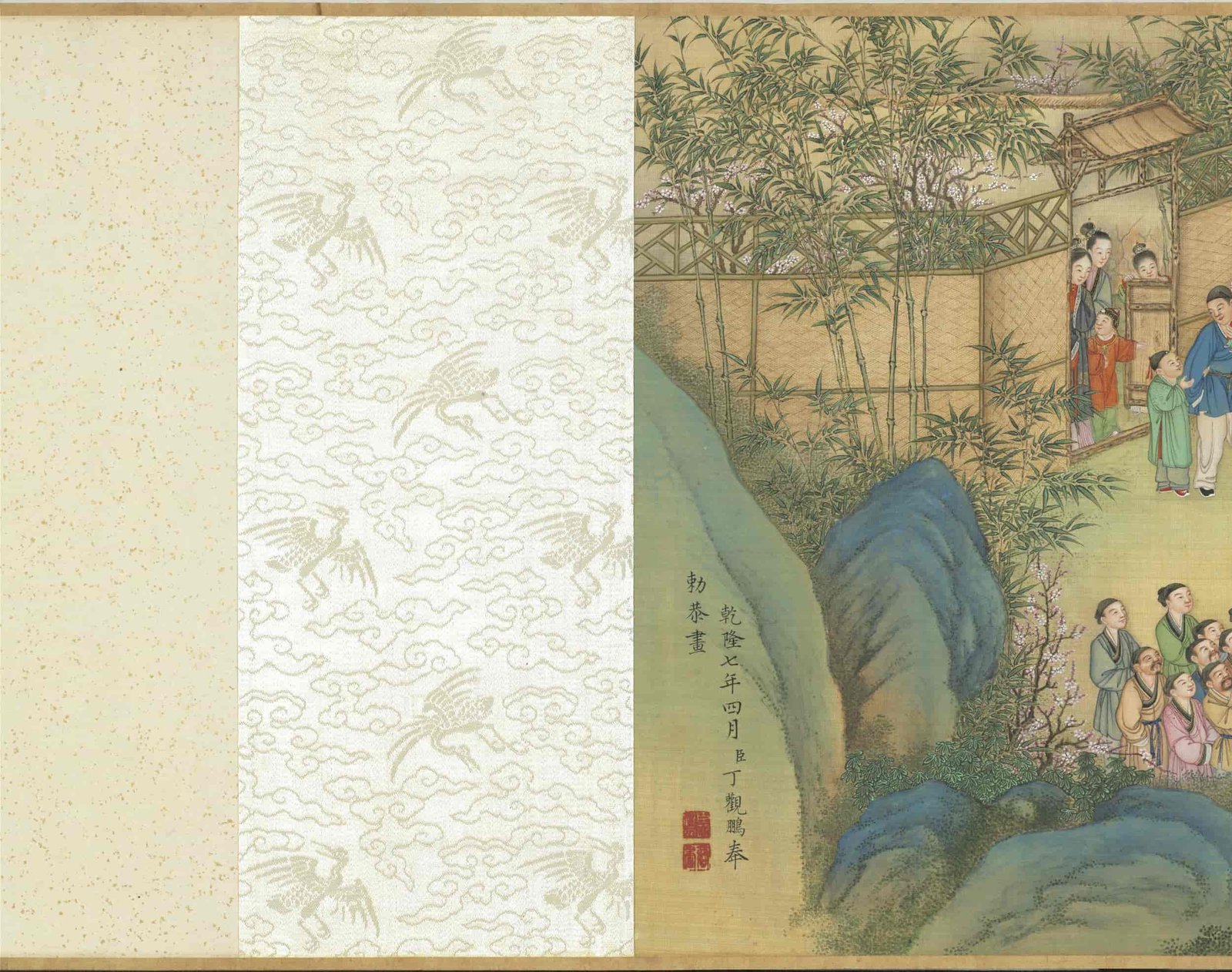
评价
目前还没有评价